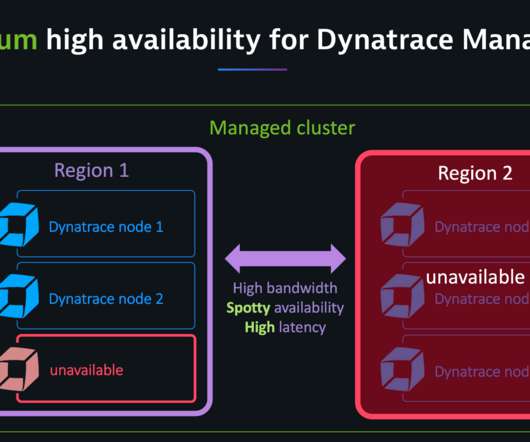Protecting critical infrastructure and services: Ensure efficient, accurate information delivery this election year
Dynatrace
APRIL 15, 2024
The importance of critical infrastructure and services While digital government is necessary, protecting critical infrastructure and services is equally important. Critical infrastructure and services refer to the systems, facilities, and assets vital for the functioning of society and the economy.



























Let's personalize your content